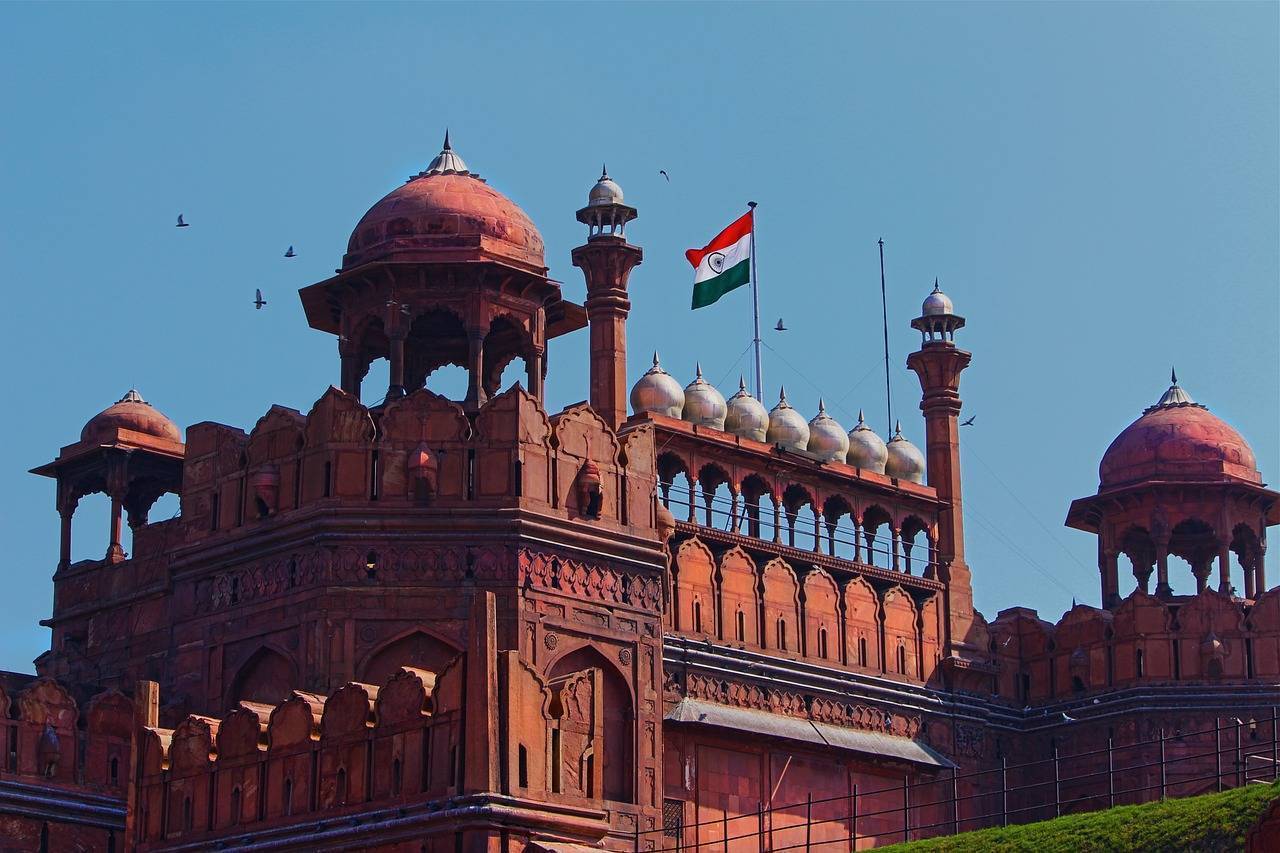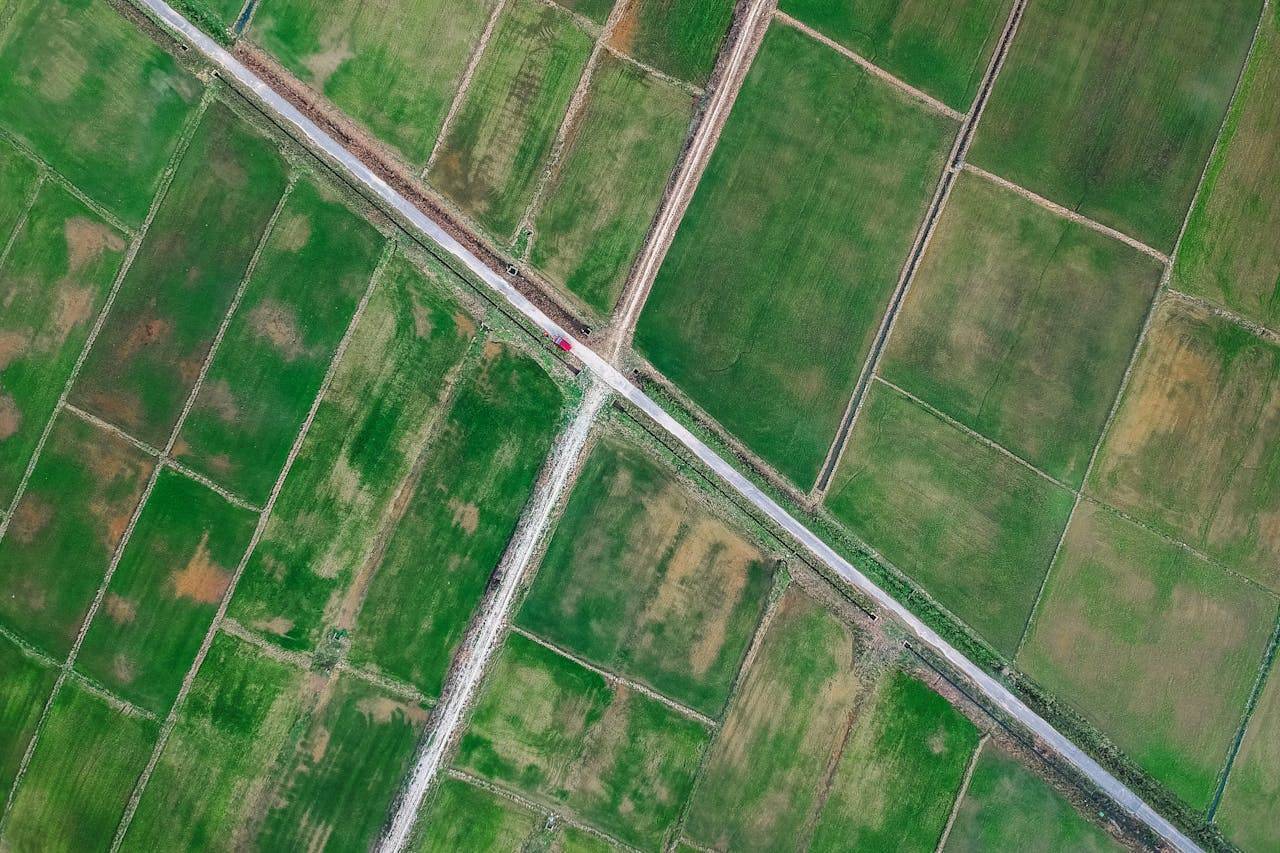The Pradhan Mantri Awas Yojana (PMAY) has been a key initiative in the Indian government’s efforts to provide affordable housing for all by 2022. To further enhance accessibility for the urban population, the government is set to introduce significant revisions to the Interest Subsidy Scheme (ISS) under PMAY (Urban). These changes aim to broaden eligibility for home loans, offering crucial financial relief to poor, low-income, and middle-income groups across urban areas.
Lower Income Eligibility Threshold
One of the most notable changes in the revised scheme is the reduction in the income eligibility threshold for the interest subsidy. According to reports, urban households with an annual income of up to Rs 9 lakh will now be eligible to avail themselves of interest subsidies on home loans. This is a considerable reduction from the previous income limit of Rs 18 lakh, which was applicable to properties up to 200 square meters. The move is aimed at targeting a broader spectrum of middle-income households, ensuring that the benefits of the subsidy reach those who need it most.
This reduction in the income limit is also aligned with the government’s broader goal of tightening the scheme to ensure greater compliance and efficiency in the disbursement of subsidies. By lowering the income threshold, the government hopes to prevent misuse of the subsidy by higher-income groups who may not require the financial assistance as urgently as lower-income families do.
Reduced Maximum Interest Subsidy
In addition to the revised income eligibility criteria, the maximum interest subsidy available under the scheme has also been reduced. The subsidy has been scaled down to Rs 1.8 lakh, a decrease from the earlier average of Rs 2.3 lakh. This adjustment is reflective of the government’s intent to balance the subsidy allocation with the fiscal realities of the country while still providing meaningful support to eligible households.
This reduction is expected to ensure that the subsidy pool is distributed more equitably among a larger number of beneficiaries, thereby extending the reach of the scheme. The government’s approach indicates a shift towards a more sustainable model of subsidy distribution, where the focus is on maximizing impact rather than offering larger subsidies to a limited number of beneficiaries.
Encouraging Affordable Rental Housing
Beyond the revisions to the interest subsidy scheme, the government has also introduced new provisions to incentivize the construction of Affordable Rental Housing (ARH) for specific vulnerable groups, including migrant workers, students, and working women. These provisions are particularly relevant in the context of urban areas, where the demand for affordable rental options is high, but supply remains limited.
To promote the development of such housing, entities that utilize new technologies to construct these facilities will receive financial assistance of approximately Rs 1.5 lakh for each one-bedroom unit measuring up to 30 square meters. The design of these units is intended to cater to the needs of different groups, with options ranging from single bedrooms to dormitory-style accommodations.
For example, the one-bedroom units will measure up to 30 square meters, while double bedrooms with living areas, kitchens, and bathrooms can extend up to 60 square meters. Dormitory beds, which are a popular option for students and migrant workers, will have carpet areas of up to 10 square meters each. This initiative is designed not only to provide affordable housing but also to ensure that these living spaces are well-equipped to meet the needs of their occupants.
Web-Based Interface for Transparency
In a bid to enhance transparency and accessibility, the government plans to launch a web-based interface that will allow potential tenants to view live details of available rental units and dormitories. This digital platform will serve as a one-stop solution for those seeking affordable rental housing, offering real-time information on availability, pricing, and amenities.
The rent for these units will be determined by local authorities, who will conduct surveys of the surrounding area to ensure that the rates are fair and reflective of market conditions. Additionally, the rental rates can be revised every two years by a maximum of 8%, with a cap of 20% over five years. This structured approach to rent control is intended to protect tenants from sudden or exorbitant rent hikes while also providing landlords with a fair return on their investment.
Conclusion
By lowering the income eligibility threshold and reducing the maximum interest subsidy, the government aims to make the scheme more inclusive and sustainable. The introduction of incentives for affordable rental housing further underscores the government’s commitment to addressing the diverse housing needs of urban India.









.png)